Innovations in Geosynthetics: Advancements in Geocomposite Drains
Geocomposite drains are emerging as a pivotal solution for efficient water management and soil reinforcement.
Tel: +86-411-39569550 | E-mail: info@geofantex.com/geofantex@gmail.com
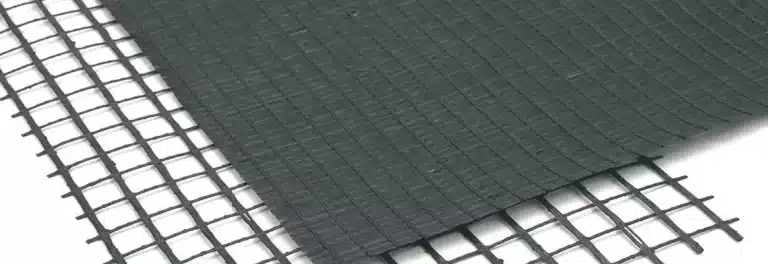
Geocomposite drains are emerging as a pivotal solution for efficient water management and soil reinforcement.
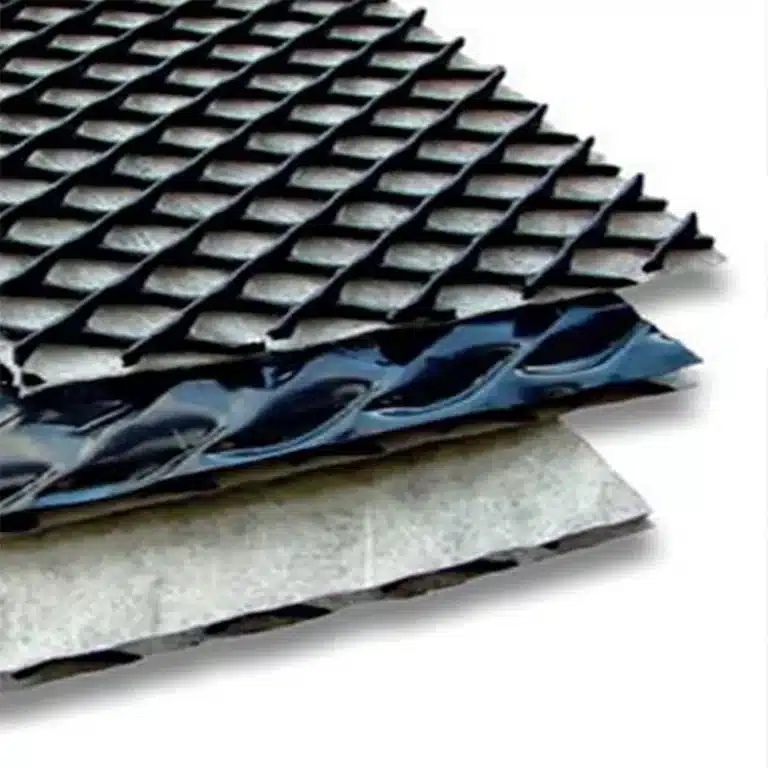
In conclusion, the evolution of geocomposite strip drains represents a pivotal advancement in geosynthetics.
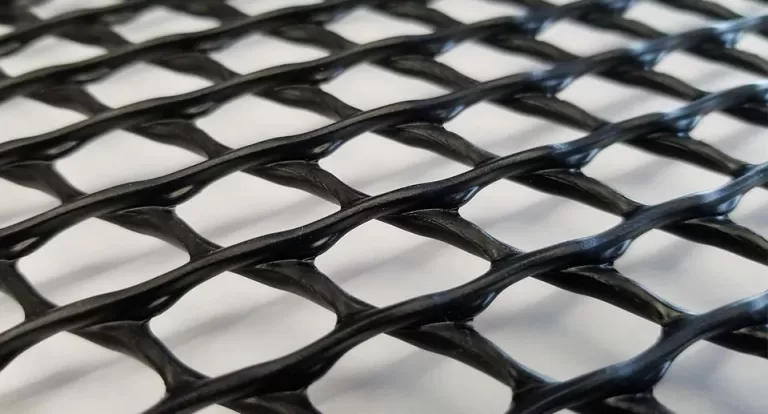
In the world of geosynthetics, HDPE geonet plays a crucial role in enhancing the performance of various infrastructure projects.
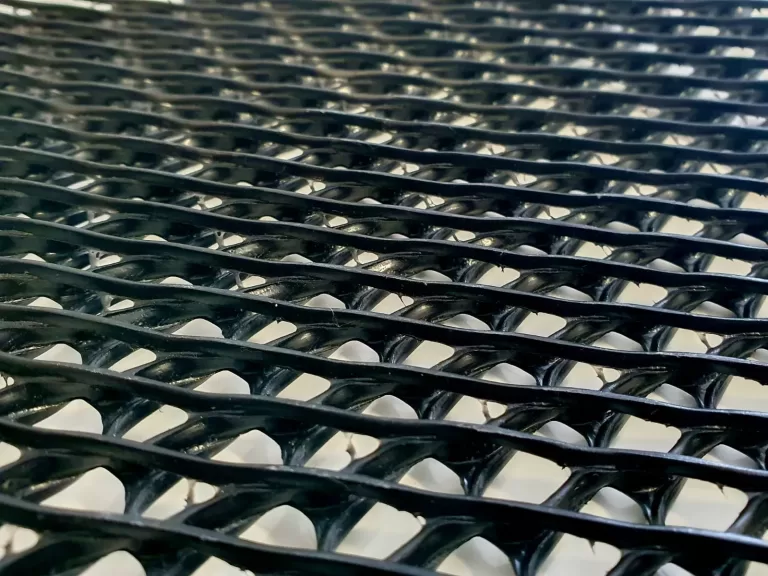
In this article, we will address some of the most common geonet questions to help you make informed decisions.
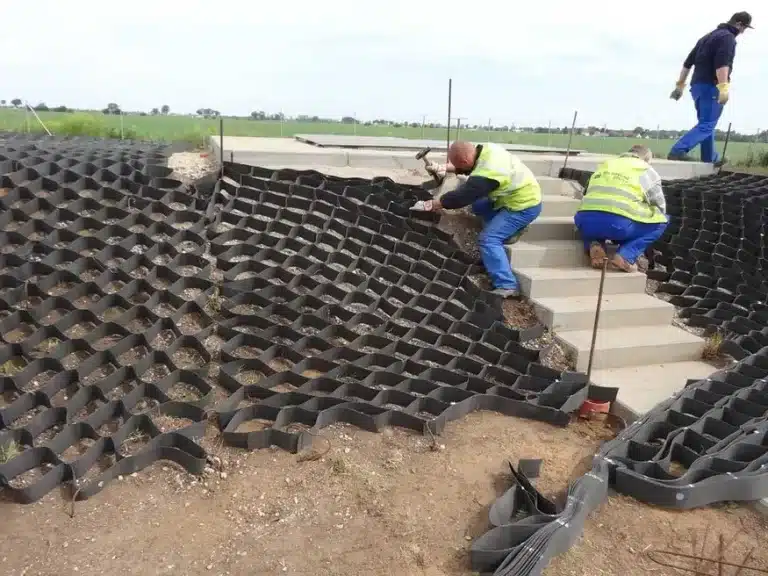
Geocell material is a three-dimensional cellular structure made from high-density polyethylene (HDPE) or other durable polymers.
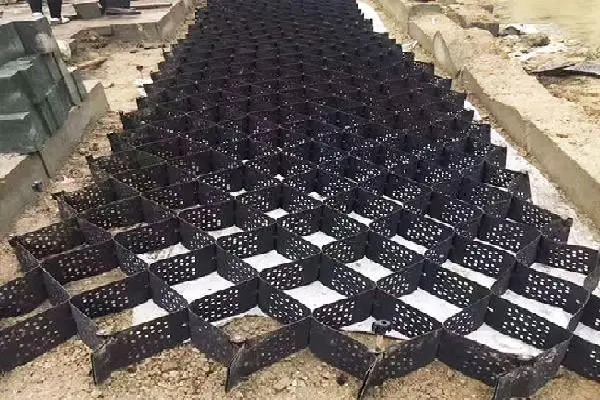
In the rapidly evolving field of geocell highway construction, geosynthetics have become a game changer for engineers and builders.
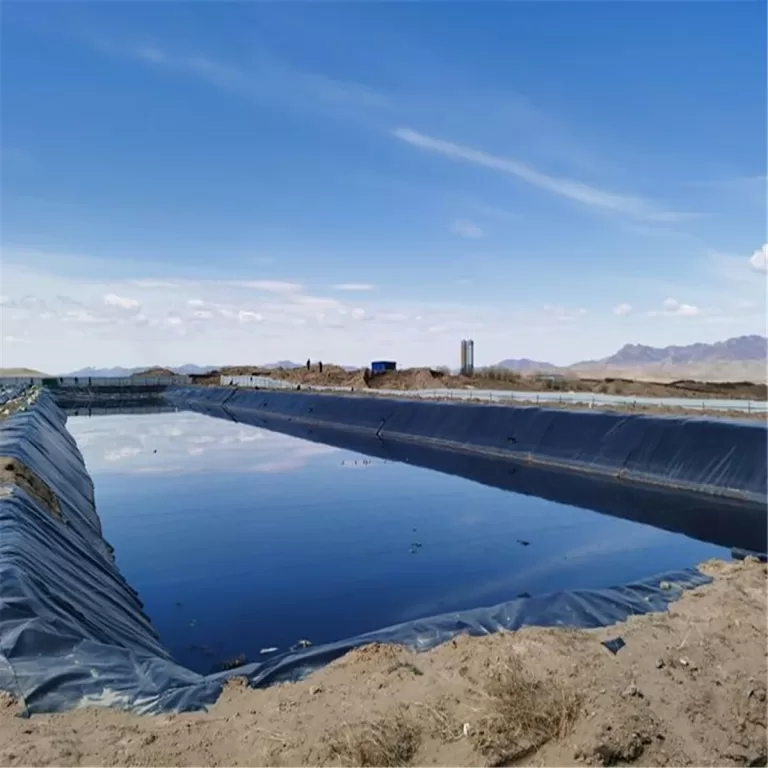
HDPE geomembrane liner specification plays a pivotal role in determining the success and longevity of containment systems.

The global geogrid material market is experiencing a notable surge, driven by escalating infrastructure projects.
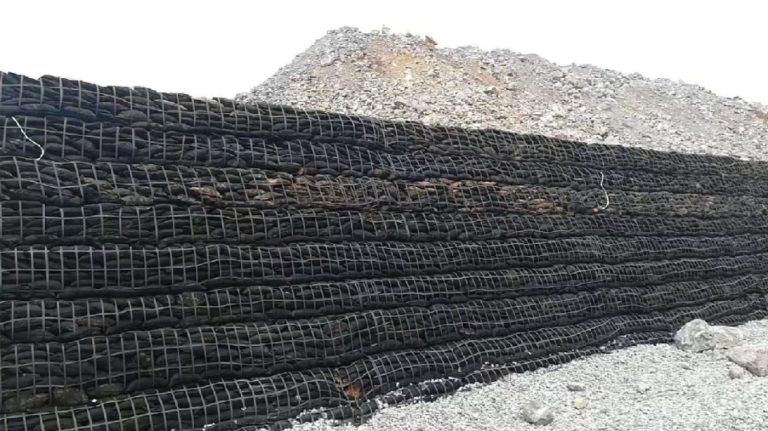
Learn how geogrids reinforce soil, stabilize slopes, and strengthen roadways for durable, cost-effective infrastructure.
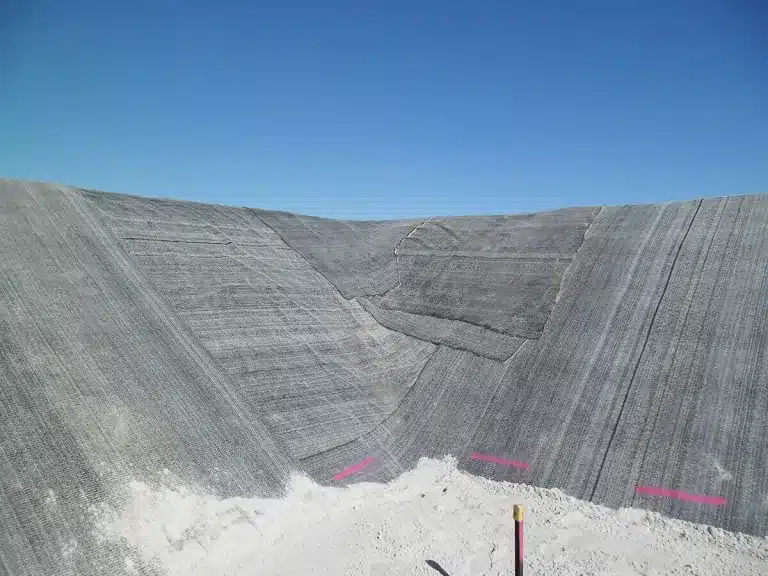
A geosynthetic reinforced integrated bridge is a structure where geosynthetic materials—such as geogrids or geotextiles.
End of content
End of content
WhatsApp us